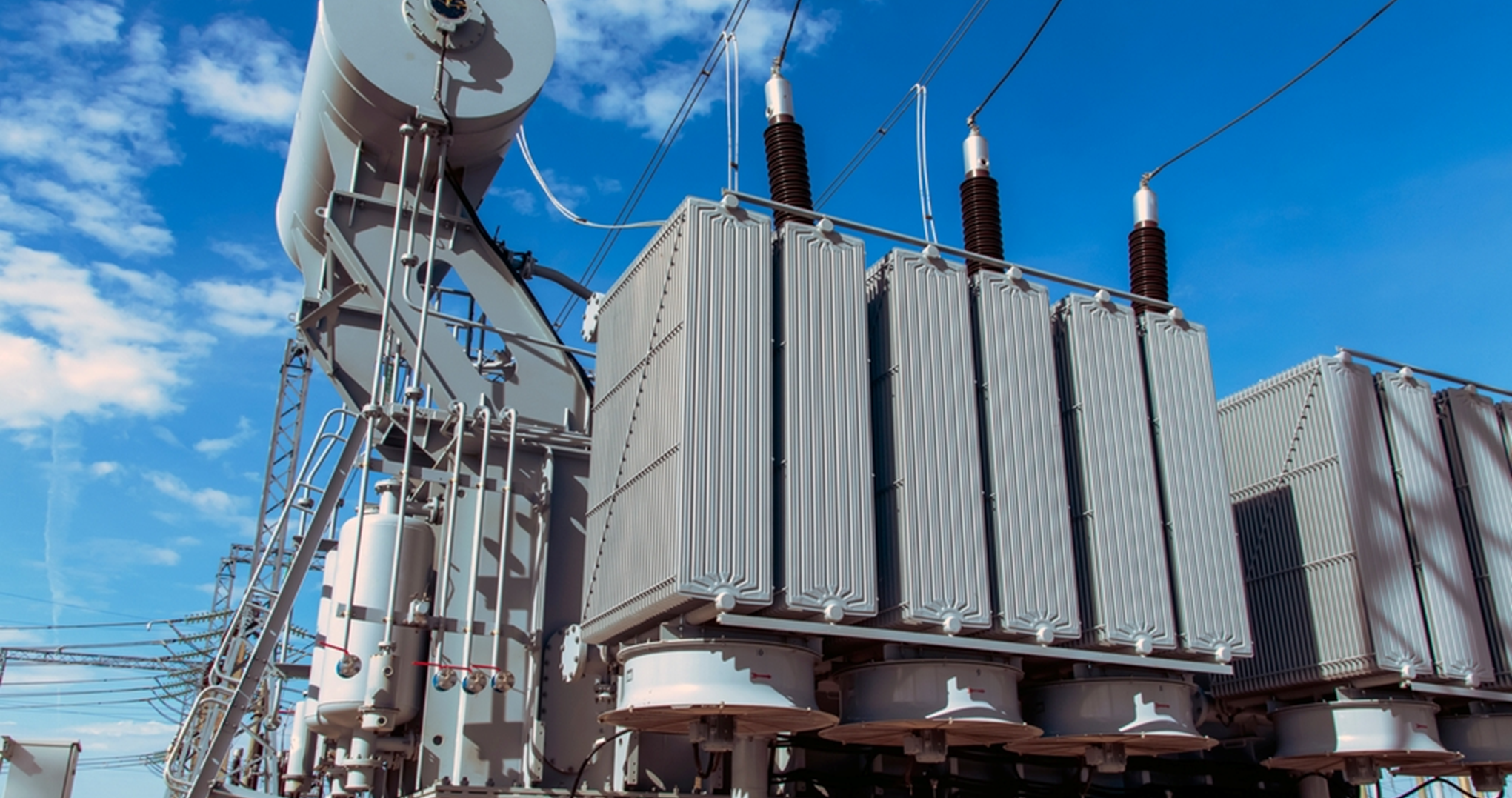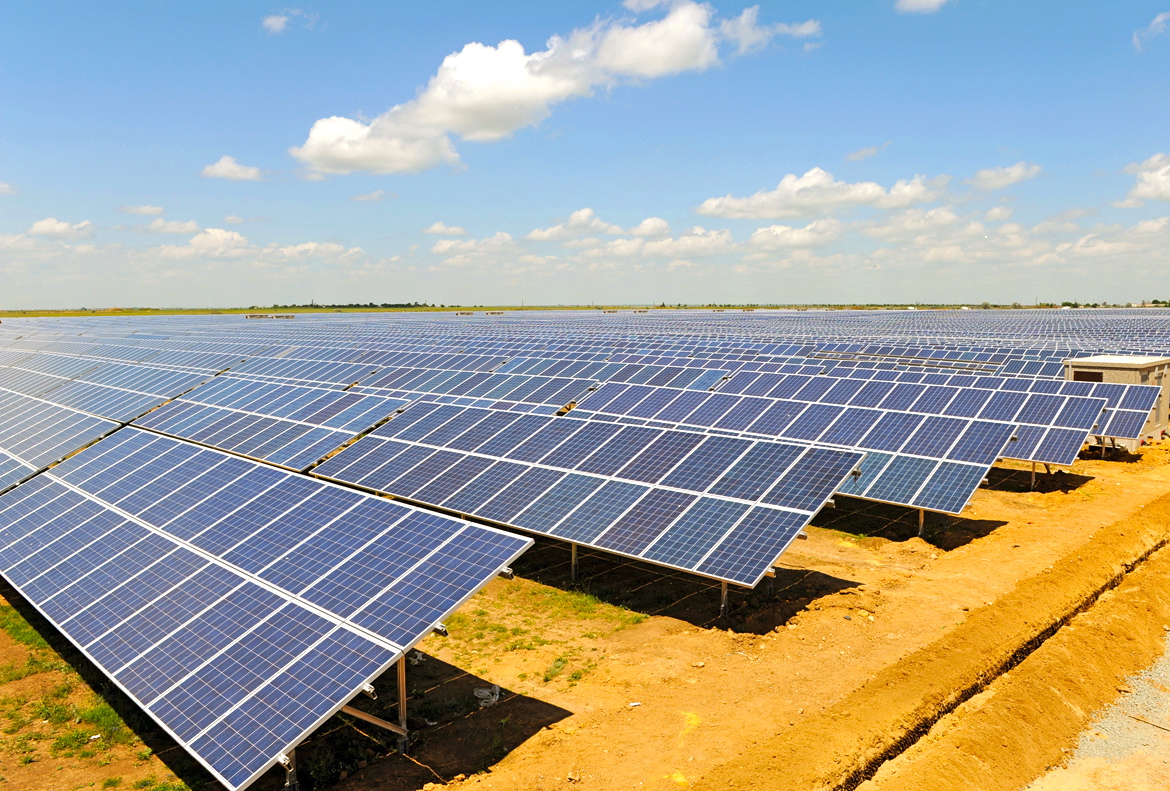Our recommendations
Last Update
29 June 2023
Mapping of hydrogen production costs globally and comparing with India
Hydrogen market location fitment analysis in India
Currently the most common hydrogen produced globally is gray H 2 , involves use of a fossil fuel to heat water into steam and mixing the steam with methane in order to capture H2 thus released. While we add a filter to capture the released GHGs the filtered H 2 shall result will be referred as “blue hydrogen”. In near future blue hydrogen is likely to remain economically most viable globally as well as in India wherein the availability of methane, with CCS technology have achieved maturity.
Green hydrogen (H2) can be made at a cost of US$1/kg by 2030 in India. Reliance shall pursue this target before the turn of this decade and make India the 1 st country globally to achieve $1/1kg in 1 decade – “the 1-1-1 target for green H2”- Mr. Mukesh Ambani, Chairman & MD, Reliance Industries
Also, in the upcoming space of 5 -10 years in India the most viable H 2 production shall be either blue or green. The focus in the analysis done in this segment shall focus upon the green hydrogen production in the country as per regions and states to evolve with most preferred locations in the country for developing low-cost green hydrogen.
Do you want to seek Eninrac assistance in helping you resolve some critical business issues? Engage with us and reach out to our experts by using the Request for Proposal (RFP) form.
BEST VISION IS INSIGHT
Combine market knowledge and your skill to contribute value for end consumers

Transformer Sales Surge: ₹75,000 Crore Opportunity Ahead

Solar Parks Development Status in India

EU Solar Market 2024: Utility- Scale Resilience Amidst A Slumping Rooftop
Get started with
EI Market personalised demo
Complete the form to get in touch with our sales team to see our Visionboard platform in action. We'll show you how you can use eninrac to build a culture of action of consistently hunting down and eliminating poor market research expriences across your companies line of business


